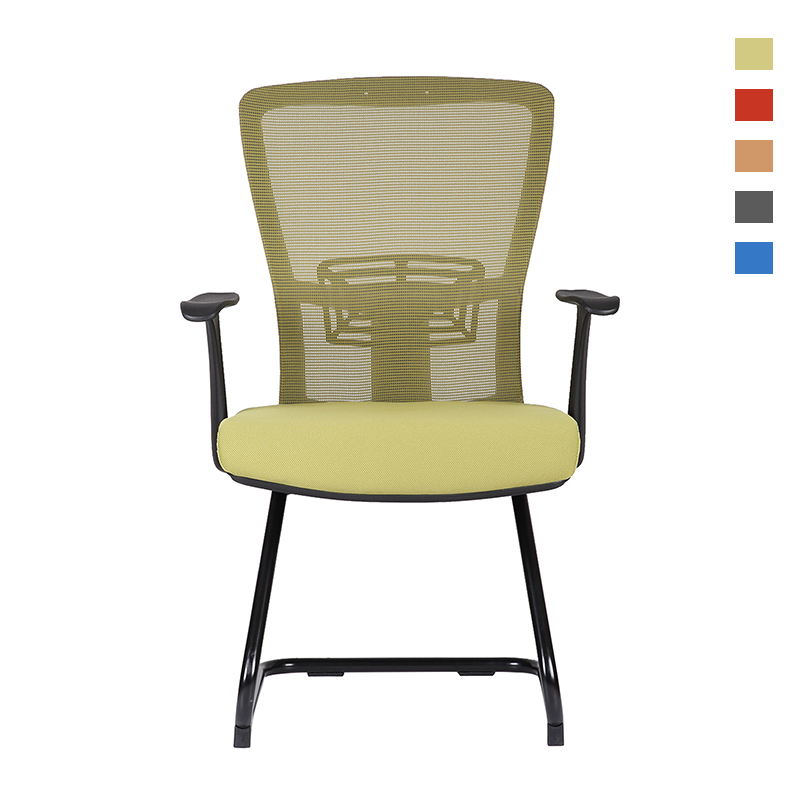Essential Accessories for an Ergonomic Office Chair Setup
Enhancing Comfort and Productivity with Ergonomic Office Chair Accessories
In today's fast-paced work environment, where many employees spend hours seated at desks, the importance of ergonomic office furniture cannot be overstated. While ergonomic office chairs are designed to support proper posture and reduce discomfort, adding ergonomic accessories can further enhance their benefits, ensuring a healthier and more productive workspace. In this article, we will explore some essential accessories to complement your ergonomic office chair.
1. Lumbar Support Cushions
One of the primary issues faced by individuals who sit for long periods is lower back pain. Lumbar support cushions are designed to provide additional support to the natural curve of the lumbar spine. These pillows can easily be attached to most office chairs, helping to promote an ergonomic seating position. When choosing a lumbar support cushion, look for one that is adjustable and made from breathable materials to ensure comfort throughout your workday.
2. Seat Cushions
Even the best ergonomic chairs may lack sufficient padding for some users, leading to discomfort during extended periods of sitting. Seat cushions, particularly those made from memory foam or gel, can alleviate pressure on the hips and tailbone. These cushions come in various shapes and sizes, allowing individuals to find the perfect fit for their chair. Using a seat cushion not only enhances comfort but also encourages better posture by promoting a neutral spine position.
Proper arm support is essential for maintaining a healthy upper body alignment. Adjustable armrests can help reduce strain on the shoulders and wrists, especially when typing or using a mouse. If your chair does not come with armrests or if they are not adjustable, consider investing in detachable arm pads. These pads can provide additional cushioning and support, making it easier to maintain a relaxed upper body while working.
laining ergonomic office chair accessories

4. Footrests
Another commonly overlooked aspect of ergonomic seating is leg positioning. A footrest can help stabilize the feet, reduce pressure on the lower back, and promote better circulation in the legs. Adjusting the height of your chair to accommodate a footrest can ensure that your thighs remain parallel to the ground and your feet are flat on the footrest. Many options are available, including adjustable footrests with massaging features, making them a great addition to any workstation.
5. Keyboard and Mouse Supports
Prolonged use of a keyboard and mouse can lead to repetitive strain injuries, particularly in the wrists and hands. Ergonomic keyboard and mouse supports can make a significant difference in alleviating discomfort. Consider using a wrist rest, which can be placed in front of the keyboard or mouse to keep the hands in an optimal position and reduce strain. Additionally, an ergonomic mouse designed to fit the natural shape of the hand can help promote a more comfortable grip.
6. Desk Arrangement Tools
An ergonomic office chair is just one part of a well-designed workspace. Desk arrangement tools, including monitor stands and laptop risers, can help align your screen at eye level, reducing neck strain and improving overall posture. Many of these tools are adjustable, allowing you to customize your workspace to suit your individual needs and preferences.
Conclusion
Investing in ergonomic office chair accessories is not only a step towards comfort but also an essential component of a healthy work environment. By incorporating lumbar support cushions, seat cushions, armrests, footrests, and ergonomic input devices into your workspace, you can significantly improve your posture, reduce discomfort, and enhance productivity. As we continue to adapt to a world where remote and office work are increasingly blended, prioritizing ergonomic solutions can lead to a healthier, more efficient work experience.
share:
-
Multi Colored Modular SofasNewsJul.07,2025
-
Enhance Seating Experience with Chair AccessoriesNewsJul.07,2025
-
Enhance Four Legged Chairs with WheelsNewsJul.07,2025
-
Elevate Your Workspace with Luxurious Boss ChairsNewsJul.07,2025
-
Discover Comfort of Compression SofaNewsJul.07,2025
-
Training Chairs Aim To Provide A Fully Functional And Flexible Workspace For Various Training, Educational, Or Collaborative ActivitiesNewsJun.06,2025
-
The Big Boss Office Chair Aims To Provide Comfort And Support For Individuals In Management Or Leadership PositionsNewsJun.06,2025









